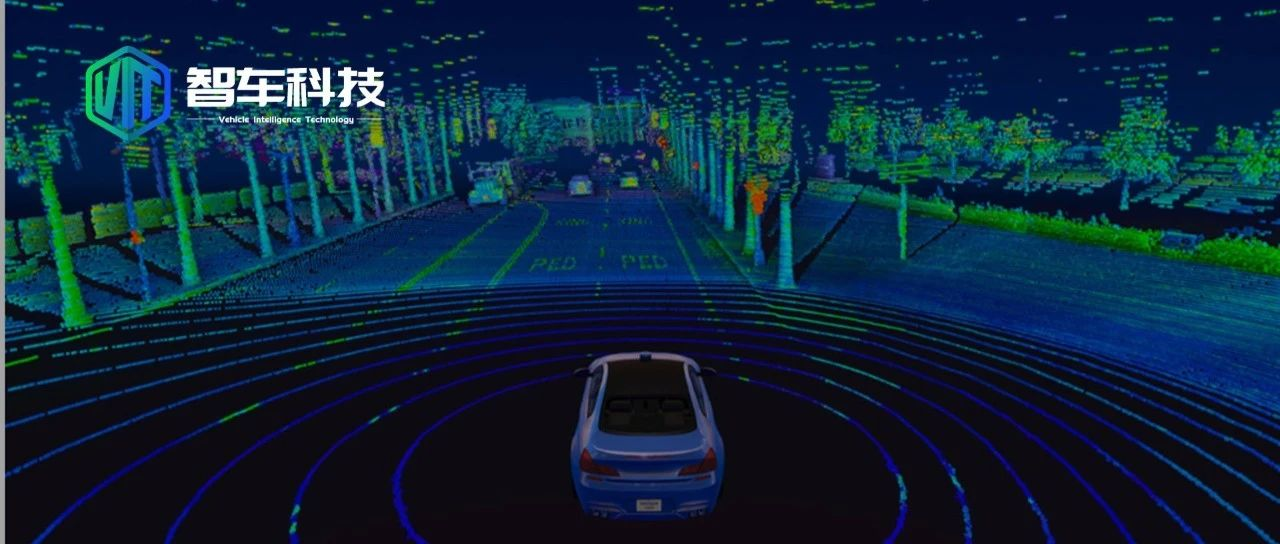Introduction
When discussing autonomous vehicles, lidar technology is a crucial component. Lidar is a type of sensor that can scan the surrounding environment and generate a 3D image. It can be used for identifying obstacles, mapping, and vehicle localization, among other applications. Recently, with Velodyne’s successful listing on the NASDAQ, becoming China’s “first lidar stock,” the lidar industry has received a shot in the arm. In the past, the high cost of lidar technology deterred many manufacturers, but with technological advancements, the price is gradually decreasing. Nowadays, some production vehicles can be equipped with one or more lidars, providing powerful guarantees for the safety of assisted driving. This article will lead readers to a detailed interpretation of lidar, currently the hottest and most critical sensor in the autonomous driving field.
Principles and Types of Lidar
As a sensor, lidar uses a laser beam to scan the surrounding environment and retrieve information from the reflected signals. Lidar typically consists of a transmitter and a receiver. The transmitter emits a laser beam, which scans the surrounding environment. When the laser beam encounters an object, it is reflected back, and the receiver detects and converts the reflected laser into an electrical signal. Lidar can use rotating or fixed scanning systems to scan the surrounding environment.
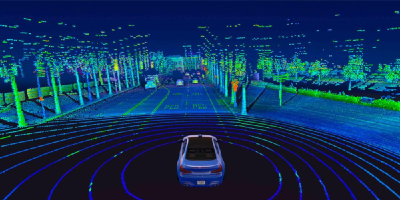
Lidar can generate 3D point cloud images. The point cloud is a data set composed of many 3D coordinates representing the position of the reflected laser points in space. By processing and analyzing point cloud data, the position, shape, and size of objects can be identified. This information is critical for the positioning and environmental perception of autonomous vehicles.
There are many different types of lidars in the market, each with different characteristics and scenarios of application. According to the scanning method, lidars can be divided into rotating and fixed types.
Rotating lidar scans the environment by rotating the scanning head. It typically consists of a rotating scanner and a control system. The scanner emits laser beams into the environment and rotates after emission, scanning the entire environment once. The control system converts scanning data into 3D point cloud images. The advantage of rotating lidar is its fast scanning speed and ability to capture the details of the surrounding environment. However, it is costly as it requires a precise scanner and control system.“`
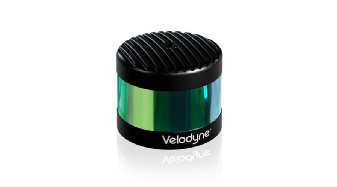
Fixed lidar directs multiple laser beams in different directions and simultaneously measures the reflected signals. Since the laser beams are emitted simultaneously, fixed lidar does not require a rotating scanning head, making it more compact and cost-effective. Its advantages include high precision and low cost, but it cannot capture details of the surrounding environment.
In addition to rotating and fixed lidars, there are other types of lidars. For example, single-line lidar only uses one laser beam to scan the environment and is suitable for low-speed autonomous driving scenarios. On the other hand, multi-line lidar uses multiple laser beams and can improve scanning speed and resolution. In addition, there are emerging lidar technologies such as solid-state lidar and optical lidar, which have higher precision and lower cost.
Applications of Lidar in Autonomous Driving
Lidar is widely used in autonomous driving vehicles. It can be used in obstacle detection, lane keeping, adaptive cruise control, and autonomous parking scenarios. Among them, obstacle detection is one of the most critical applications. Autonomous driving vehicles need to quickly and accurately identify obstacles in the surrounding environment, including other vehicles, pedestrians, buildings, and road signs. Lidar can generate high-precision 3D point clouds to identify the position and size of obstacles, providing accurate environmental perception for autonomous driving vehicles.
Lidar technology is constantly developing, and the emergence of new lidar types provides higher precision and lower cost for autonomous driving vehicles. For example, some new solid-state lidars use solid-state laser emitters and high-speed scanners, making them more precise and smaller in size. In addition, some new optical lidars use visible and infrared lasers to detect more types of obstacles, including black objects and low-reflectivity surfaces. These new technologies make the application prospects of lidar even broader and provide more possibilities for the realization of autonomous driving vehicles.
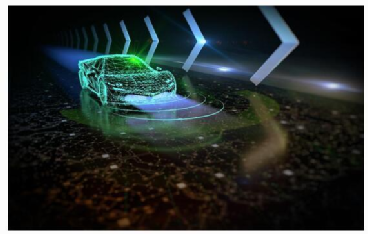
“`In addition, the laser radar technology also faces some other challenges. For example, the detection accuracy of laser radar is influenced by environmental interference and noise, such as rain, snow, and fog. In order to improve the detection accuracy of laser radar, researchers are developing new algorithms and technologies, such as machine learning and deep learning algorithms based on higher resolution and higher frame rate sensor technology.
Competition among domestic and foreign laser radar manufacturers
Chinese laser radar manufacturers have performed well in autonomous research and development, technology maturity, and market share. RoboSense, Hesai Technology, and SureStar have launched multiple laser radar products that have been widely used in the fields of autonomous driving, robotics, and logistics. Especially in terms of cost, Chinese laser radar products are relatively affordable, which provides advantages in market competition. With Hesai’s listing, domestic laser radar has been pushed to an unprecedented new height.
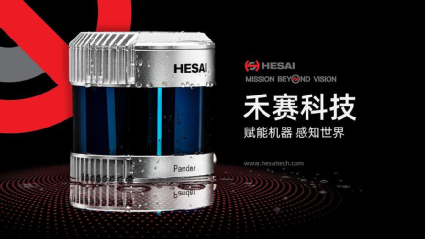
At the same time, in the research and application of laser radar technology, manufacturers from developed countries such as the U.S. and Israel have also performed well. U.S. laser radar manufacturers such as Velodyne and Quanergy have a high level of technical maturity in mechanical and solid-state laser radar, and their products have reached high levels of stability and accuracy. Innoviz, an Israeli laser radar manufacturer, has also attracted attention for its technological achievements in solid-state and MEMS laser radar. In particular, the solid-state laser radar products launched by Innoviz are considered one of the most disruptive products on the market with features such as high accuracy, high speed, and high stability.
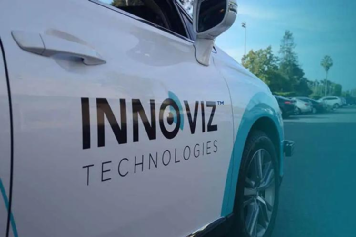
In addition to technical strength, laser radar manufacturers also need to pay attention to international market competition. Due to China’s rapid development in laser radar technology and product research and development, domestic laser radar manufacturers are accelerating their move towards the international market. Chinese laser radar manufacturers such as RoboSense and Hesai Technology have established branches in the United States, Europe, Japan, and other places, and have established cooperative relationships with local car manufacturers and autonomous driving enterprises, accelerating their own internationalization process.However, the competition in the international market is also fierce. In the US market, Velodyne has always had an absolute market share and has strong technological and brand advantages. In addition, companies such as Quanergy and Innoviz have also gained a certain market share in the US market. In the European market, manufacturers such as LeddarTech and Cepton have also performed well and are in fierce competition with Chinese manufacturers.
Summary
As one of the core sensors of autonomous driving vehicles, lidar can provide high-precision environment perception and obstacle detection, and is one of the key technologies for achieving autonomous driving. Lidar technology is constantly evolving, and the emergence of new types of lidar, such as solid-state lidar and optical lidar, provides higher accuracy and lower cost for autonomous driving vehicles. With the continuous development of autonomous driving vehicles, the application prospects of lidar will become broader and broader.
However, lidar also has some limitations. First of all, it is sensitive to the reflectivity and color of the environment, and black objects in the environment may not be detected. Secondly, the measuring distance of lidar is limited, and long-distance detection will lead to a decrease in accuracy. To overcome these limitations, researchers are actively exploring new sensor technologies and algorithms to improve the perception and safety of autonomous driving vehicles.
In summary, as one of the core sensors of autonomous driving vehicles, lidar has a wide range of application prospects and constantly evolving technology. We believe that in the near future, lidar technology will continue to develop as an important technology in the field of autonomous driving, providing autonomous driving vehicles with more precise, safe, and reliable environment perception capabilities.
This article is a translation by ChatGPT of a Chinese report from 42HOW. If you have any questions about it, please email bd@42how.com.
